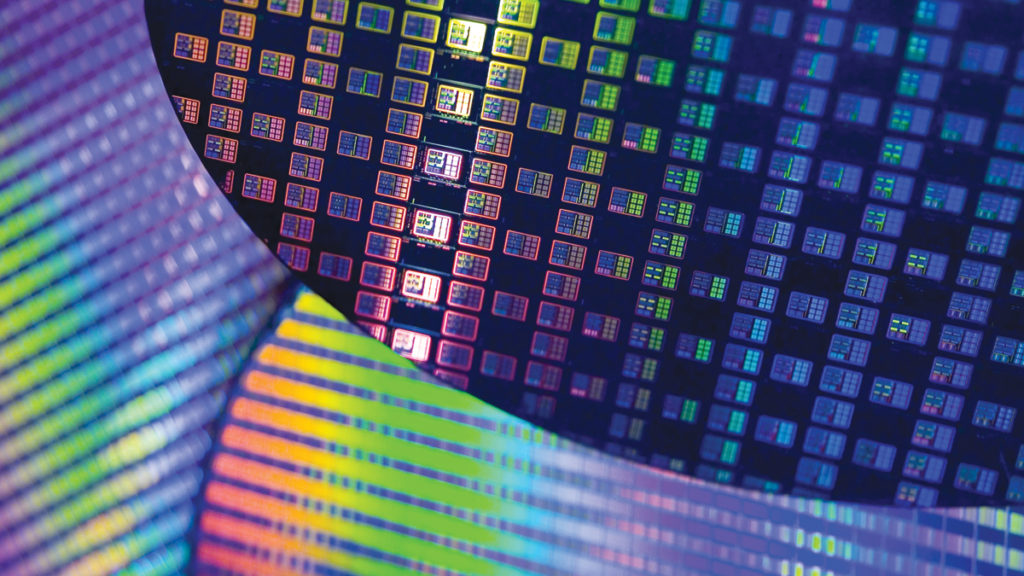
TSMC is partnering with AMD and Google in a new chip production venture. As Moore’s law loses momentum, they are (quite literally) seeking out different directions to increase performance. The latest is something we’ve seen before, but they are looking to take it to full production, and with a twist. 3-D stacking technology isn’t something necessarily new, as 3-D NAND chips have been around for a while. What makes this latest process unique is the inclusion of something AMD is known for, chiplets. TSMC’s new process is called SoIC and will incorporate horizontal 3-D stacking and linking of different chip designs. DSOG (via Nikkei Asia) has reported on the new process.
Description of SoIC
TSMC is now taking chip packaging vertically and horizontally, using a new 3-D technology that it dubs SoIC. It makes it possible to stack and link several different types of chips — such as processors, memory, and sensors — into one package, according to the company. This approach makes the whole chipset smaller, more powerful, and more energy-efficient.
TSMC-SoIC service platform provides innovative front-end, 3D inter-chip (3D IC) stacking technologies for re-integration of chiplets partitioned from System on Chip (SoC). The resulting integrated chip outperforms the original SoC in system performance. It also affords the flexibility to integrate additional system functionalities. TSMC-SoIC service platform meets the ever-increasing compute, bandwidth and latency requirements in cloud, network, and edge applications. It supports both chip on wafer (CoW) and wafer-on-wafer (WoW) schemes. The dual scheme provides superb design flexibility in mixing and matching different chip functions, sizes, and technology nodes.
Moving into Production
TSMC is already building a new plant in the city of Miaoli with hopes of rolling out full production by 2022. AMD and Google have already placed orders for the new technology. AMD is seeking to further improve its chip lineup as it competes with Intel, while Google is looking to use the new technology in its automotive lines. The compound annual growth rate is expected to grow by 25 percent over the course of six years once production begins. This may not seem like much to some, but we’re presently seeing around 6 to 7 percent growth for traditional processes through 2025, so the expected demand is quite clear.

